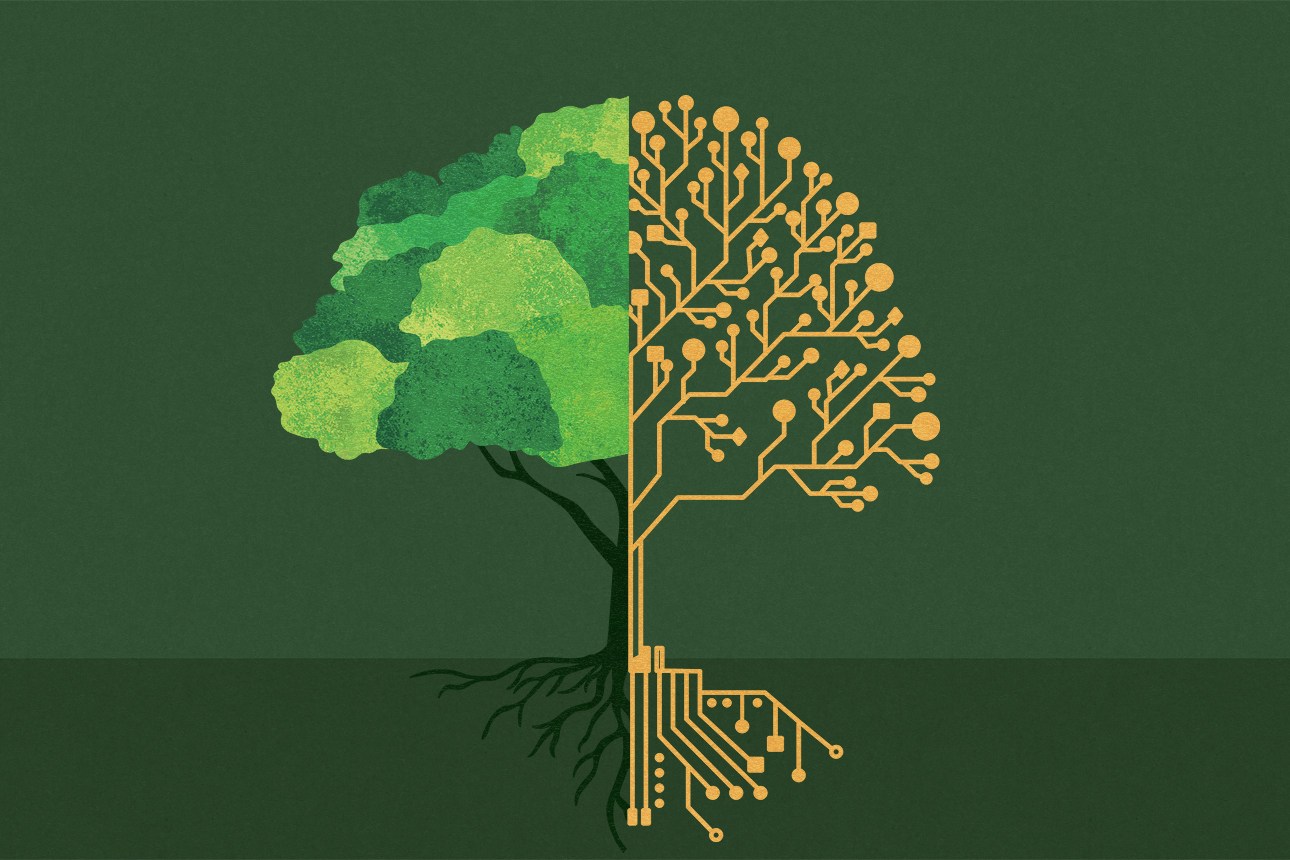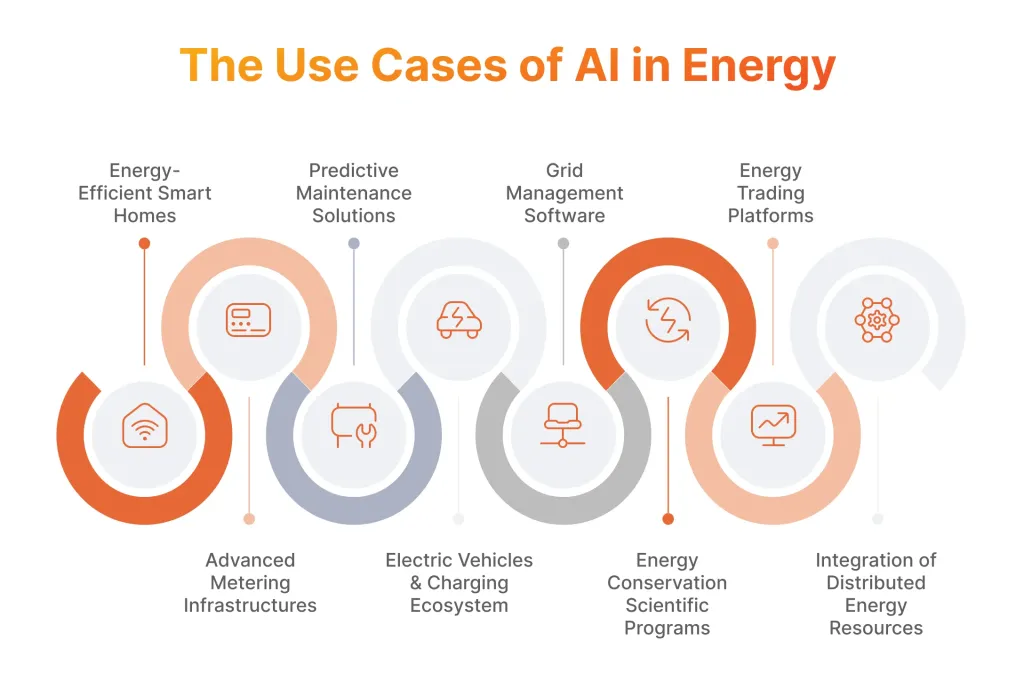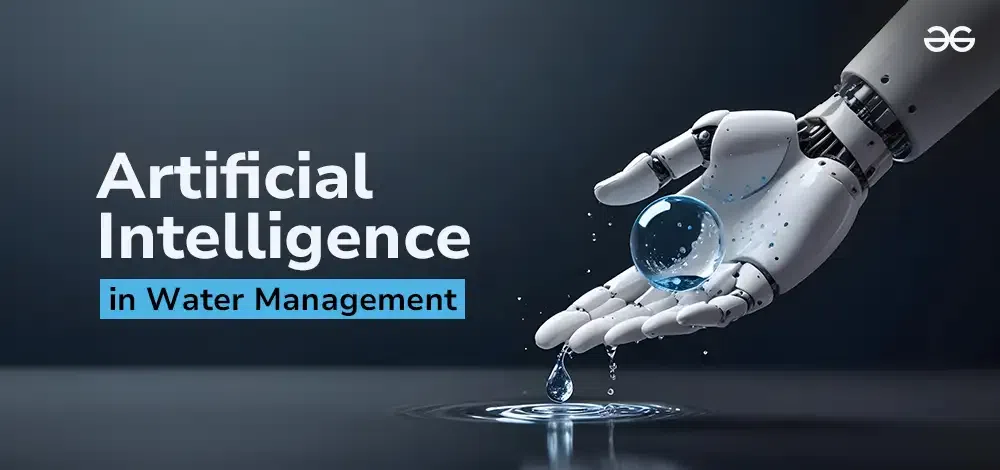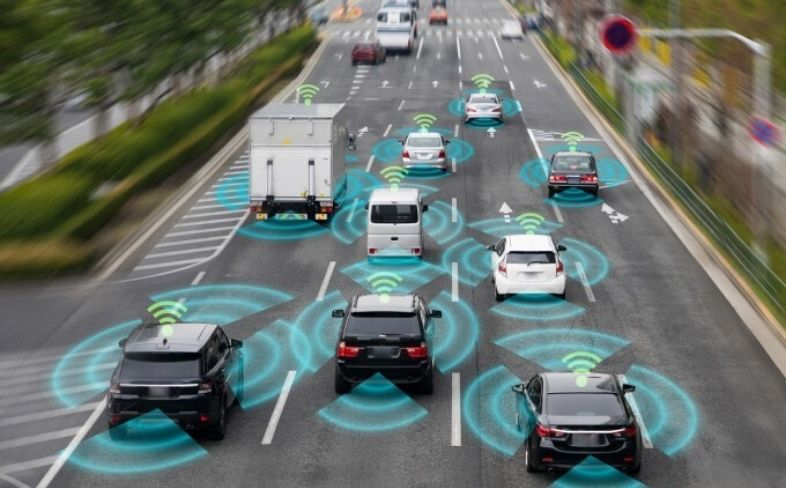AI for Sustainable Solutions: Smart Resource Management and Eco-Optimizations Powered by AI

Climate change and resource depletion have become defining challenges of our time. As the world grapples with increasing environmental pressures, artificial intelligence emerges as a powerful ally in the fight for sustainability. From optimizing energy consumption to revolutionizing waste management, AI is transforming how we approach resource management and environmental protection.
The Intersection of AI and Sustainability
Artificial intelligence offers unprecedented capabilities to analyze complex environmental systems, predict patterns, and optimize resource usage in ways that were previously impossible. By processing vast amounts of data and identifying subtle patterns, AI systems can make split-second decisions that maximize efficiency while minimizing environmental impact.
The integration of AI into sustainability efforts represents a paradigm shift from reactive to predictive environmental management. Instead of responding to problems after they occur, AI enables us to anticipate issues and implement preventive measures, creating a more sustainable and resilient future.
Smart Energy Management: Powering the Future Efficiently

Grid Optimization and Load Balancing
Modern electrical grids are becoming increasingly complex with the integration of renewable energy sources. AI algorithms excel at managing this complexity by predicting energy demand patterns, weather conditions affecting renewable generation, and optimal distribution strategies. Machine learning models can analyze historical consumption data, weather forecasts, and real-time grid conditions to make intelligent decisions about energy routing and storage.
Smart grid systems powered by AI can automatically balance supply and demand, reducing waste and improving reliability. When solar panels generate excess energy during sunny periods, AI systems can direct this surplus to charge battery storage systems or power energy-intensive processes, ensuring minimal waste.
Building Energy Optimization
Commercial and residential buildings account for nearly 40% of global energy consumption. AI-powered building management systems are revolutionizing how we heat, cool, and illuminate our spaces. These systems use sensors, weather data, occupancy patterns, and historical usage information to optimize HVAC systems, lighting, and other energy-consuming devices.
Smart thermostats learn from user behavior and preferences while considering external factors like weather forecasts and time-of-use electricity pricing. They can pre-cool buildings during off-peak hours when electricity is cheaper and cleaner, then reduce cooling during peak demand periods. This approach not only saves money but also reduces strain on the electrical grid during high-demand periods.
Water Resource Management: Every Drop Counts

Water scarcity affects billions of people worldwide, making efficient water management crucial for sustainable development. AI technologies are being deployed across the water cycle, from source protection to distribution and treatment.
Predictive Maintenance for Water Infrastructure
Aging water infrastructure leads to significant losses through leaks and system failures. AI-powered monitoring systems can analyze pressure data, flow rates, and acoustic signatures to detect anomalies that indicate potential leaks or equipment failures. By identifying issues before they become major problems, utilities can perform targeted maintenance that prevents water loss and reduces repair costs.
Machine learning algorithms can process data from thousands of sensors across water distribution networks, learning the normal operating patterns and flagging unusual behavior that might indicate problems. This proactive approach can reduce water losses by up to 25% in some systems.
Smart Irrigation and Agricultural Water Management
Agriculture consumes approximately 70% of global freshwater resources. AI-driven precision irrigation systems are helping farmers optimize water usage while maintaining or improving crop yields. These systems combine soil moisture sensors, weather data, satellite imagery, and crop growth models to determine exactly when and how much to irrigate.
Computer vision systems can analyze drone or satellite imagery to assess crop health and identify areas that need more or less water. This targeted approach ensures that water is applied only where and when needed, reducing waste while maximizing agricultural productivity.
Waste Reduction and Circular Economy

Intelligent Waste Sorting and Recycling
The transition to a circular economy requires efficient waste sorting and recycling processes. AI-powered robotic systems are revolutionizing recycling facilities by accurately identifying and sorting different types of materials. Computer vision algorithms can distinguish between various plastics, metals, and other materials with greater accuracy and speed than human workers.
These systems can adapt to new materials and contamination patterns, continuously improving their performance. Some facilities report recycling rate improvements of 20-30% after implementing AI-powered sorting systems.
Supply Chain Optimization
AI algorithms can optimize supply chains to minimize waste and transportation emissions. By analyzing demand patterns, inventory levels, and logistics networks, AI can suggest optimal routing, inventory management strategies, and production schedules that reduce both waste and carbon emissions.
Predictive analytics help companies better forecast demand, reducing overproduction and the associated waste of resources. AI can also identify opportunities to source materials locally, reducing transportation emissions while supporting local economies.
Transportation and Mobility Solutions

Traffic Flow Optimization
Urban transportation accounts for a significant portion of greenhouse gas emissions. AI-powered traffic management systems can optimize traffic light timing, suggest alternative routes, and coordinate public transportation to reduce congestion and emissions.
Smart traffic systems analyze real-time traffic data, accident reports, and historical patterns to minimize idle time at intersections and reduce overall travel times. Some cities have reported emission reductions of 15-20% after implementing AI-driven traffic optimization systems.
Electric Vehicle Integration
As electric vehicles become more prevalent, AI plays a crucial role in optimizing charging infrastructure and grid integration. Smart charging systems can schedule vehicle charging during periods of low grid demand or high renewable energy generation, reducing the carbon footprint of electric transportation.
AI algorithms can also optimize the placement and sizing of charging infrastructure based on traffic patterns, demographic data, and projected EV adoption rates.
Environmental Monitoring and Conservation

Wildlife Protection and Biodiversity Monitoring
AI-powered camera traps and acoustic monitoring systems are revolutionizing wildlife conservation efforts. Computer vision algorithms can automatically identify and count different species, tracking population changes and migration patterns. This automation allows researchers to monitor larger areas more consistently and cost-effectively than traditional methods.
Machine learning models can analyze satellite imagery to track deforestation, habitat fragmentation, and other environmental changes that threaten biodiversity. Early detection of these changes enables more timely conservation interventions.
Air Quality Monitoring and Prediction
AI systems can process data from air quality sensors, weather stations, and satellite imagery to predict pollution levels and identify sources of contamination. These predictions help cities implement targeted interventions, such as traffic restrictions or industrial emission controls, during periods of poor air quality.
Some cities use AI-powered air quality forecasting to provide early warnings to residents, particularly those with respiratory conditions, helping them plan their activities to minimize exposure to harmful pollutants.
Challenges and Considerations
Energy Consumption of AI Systems
While AI offers tremendous potential for environmental benefits, the technology itself can be energy-intensive. Training large AI models requires significant computational resources, which translates to substantial energy consumption. The industry is actively working on developing more efficient algorithms and using renewable energy to power data centers.
The concept of "green AI" focuses on developing algorithms that achieve good performance while minimizing computational requirements. Techniques such as model compression, efficient architectures, and smart training procedures can significantly reduce the energy footprint of AI systems.
Data Quality and Availability
Effective AI systems require high-quality, comprehensive data. In many environmental applications, data may be sparse, inconsistent, or difficult to collect. Ensuring data accuracy and dealing with missing information remains a significant challenge in developing robust AI solutions for sustainability.
Implementation and Scalability
Deploying AI solutions for sustainability often requires significant infrastructure investments and changes to existing processes. Organizations must carefully consider the costs and benefits of implementation, as well as the time required to realize returns on their investments.
The Future of AI-Driven Sustainability
Emerging Technologies and Applications
The field of AI for sustainability continues to evolve rapidly. Emerging technologies such as digital twins, edge computing, and 5G connectivity are opening new possibilities for real-time environmental monitoring and control systems.
Digital twins of cities, industrial facilities, or natural ecosystems can serve as testing grounds for sustainability initiatives, allowing decision-makers to explore different scenarios and optimize interventions before implementation in the real world.
Integration and Holistic Approaches
Future sustainability solutions will likely involve integrated AI systems that address multiple environmental challenges simultaneously. For example, a smart city platform might optimize energy usage, water distribution, waste collection, and transportation simultaneously, finding synergies between different systems.
Democratization of AI Tools
As AI technologies become more accessible and user-friendly, smaller organizations and developing countries will be better positioned to leverage these tools for sustainability initiatives. Cloud-based AI services and pre-trained models are making sophisticated environmental monitoring and optimization capabilities available to a broader range of users.
Conclusion
Artificial intelligence represents a transformative force in the pursuit of environmental sustainability. From optimizing energy grids to protecting biodiversity, AI technologies are enabling more efficient, responsive, and intelligent approaches to resource management and environmental protection.
The successful integration of AI into sustainability efforts requires careful consideration of implementation challenges, energy consumption, and the need for high-quality data. However, the potential benefits – reduced emissions, improved resource efficiency, and better environmental outcomes – make these investments worthwhile.
As we face increasingly urgent environmental challenges, AI offers tools that can help us work smarter, not just harder, in our quest for a sustainable future. The continued development and deployment of AI for sustainability will be crucial in addressing climate change and creating a more resilient and environmentally responsible world.
The journey toward AI-powered sustainability is just beginning. By embracing these technologies thoughtfully and responsibly, we can harness the power of artificial intelligence to create a more sustainable and prosperous future for all.